5 Things to Do in Little Tokyo, California
Never been before? We’ll be your trustee Little Tokyo guide with a day’s worth of fun things to do in Little Tokyo.
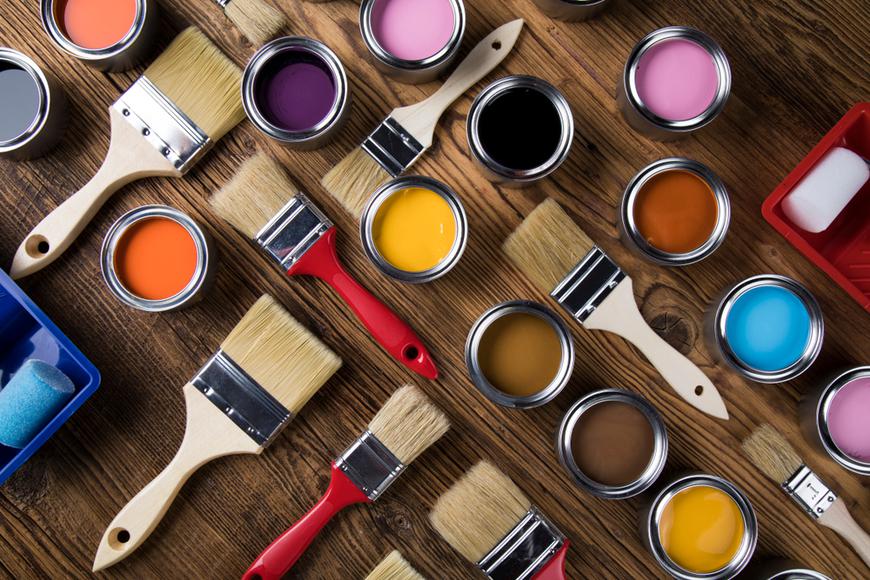
Choosing the best paint colors for your home has never been easier, whether you recently became a new homeowner or a property manager.
Whether you recently became the owner of a brand new California beach house, a new property manager, or the caretaker of a historic building, finding the perfect paint color has never been easier. However, implementing those colors into a coherent scheme that will maintain the resale value of your property can be rather stressful. There are so many paint colors out there and it can be hard to imagine what they will look like once they are applied to your building.
But when inspiration strikes, there are dozens of ways to translate your ideas into practical solutions, and most of them are pretty simple. From old paint cans to fabric samples, out-of-production colors can easily be recreated, and easy cost-effective hacks such as the ones below can help you find the best color for your building and avoid expensive mistakes.
To start, if you’re having trouble deciding how much of each paint color to add to your home, consulting the 60-30-10 rule can help. Very simply, the 60-30-10 rule tells you the exact proportion for each color, making it pretty easy to create a coordinated color palette. According to this rule, 60% of the room should be in a dominant color, 30% in a secondary color, and the last 10% should just be an accent. By following this rule you get a nice aesthetic balance between all your chosen colors.
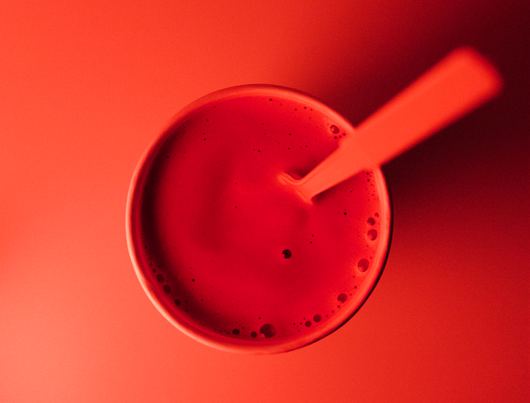

Does your business rank among the best in California?
nominate a businessLearn more about our selection criteria and vetting process.
If you found a great color while looking at other houses throughout the home-buying process or saw your dream living room paint color at a restaurant, eyeballing it is a great way to end up with a hue you love. This method will likely not give you an exact match to the color that initially drew your attention, but it will be pretty close and that might be all it takes. This method does have its downsides, however, and should not be used to match an existing color in the house, as the two shades will likely be quite different.
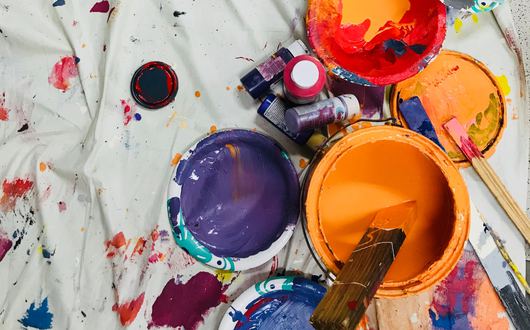
If you found a favorite house color in the past but cannot figure out what it was because the faded paint color can is now illegible, there are many ways to figure out the exact shade. First, try to remember where the paint was purchased. Sometimes, a store can look up a guest’s account and find the colors even without a receipt or the paint can. If that is not a possibility, but you have found a shade can that matches the wall paint colors, take it to the local paint shop.
With a one-square-inch example of the color, spectrophotometer machines can often pick up the right combination of hues to determine the correct shade. Then, the spectrophotometer will send instructions to a high-tech mixing machine that accurately reproduces the color by mixing paint colors. This way you can even reproduce paint that has been out of production for years and keep the preferred paint color for your bedroom.


Inspiration comes from unexpected places, such as a carpet sample, catalog, spool of thread, pillow, or even colorful houseplants. In this case, take an item that has the exact color you are looking for to a paint shop. Employees may be able to find the match just by looking at the color, and if not, the in-store spectrophotometer can break down color into the various wavelengths that combine to make the shade. After determining the exact pigments needed, house paint colors can be created that perfectly match the hue you desire.
_article_content_mobile.jpg)
It may not be possible or practical for you to bring large furniture items into a paint store, so how do you find the right color for them? Start by taking a picture of the item or finding a photo of it online, and then head to the paint shop. With the basic color in mind, pick out all of the paint chips that could be similar.
Particularly with photos found online, the actual shade may vary somewhat in natural lighting compared to the artificial lighting used in photo shoots, so make sure to get a good range of chips along the same spectrum. Once home, compare the chips to the item in a variety of lighting situations to determine the best match, and hang them on the wall to make sure that it still looks right.

Many large paint companies have developed their apps to make matching paint a very easy task. These paint-matching apps allow you to snap a picture in natural light and quickly find similar colors in currently available paint colors. If you don't want to download yet another app, it is possible to take a picture of an existing paint color in natural light and take that to the store to have it matched. It is best to hold the image against the wall’s paint colors to make sure that it is a proper match.
We recommend not printing the photos since this may not accurately reproduce color in the way a smartphone screen can. The store's spectrophotometer should be able to determine the color regardless of the method you choose and create a similar shade, if not an exact match. Since matching colors even with these methods can be difficult, you should be prepared to paint the whole wall if things don’t match up. Touching up one section of a wall, particularly if you’re not sure whether you have the right color, can be hard to get right the first time.
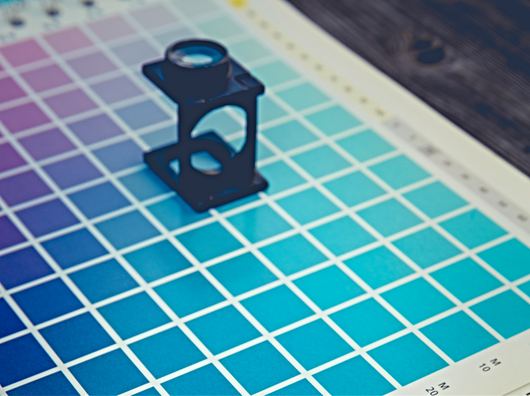
Color analyzers often work in conjunction with apps and their main benefit is that they remove the margin of error from the equation. By pressing the sensor against the color that you would like to recreate, the sensor can determine the exact shade. Since it blocks out all external light sources and uses its internal light to get a proper reading, the app can populate your results with all of the closest shades currently available, allowing you to choose between brands and characteristics. In addition, these analyzers often come with the capability to create entire color palettes and find design inspiration, making it even easier to find good-looking secondary shades.

Paint may be falling off the wall, particularly in old homes, so take advantage of this existing situation to peel off one square inch of paint and take that into the paint store. Similarly, if the exterior of a building needs renovating, collect a paint chip before scrapping the old wood to maintain the historical integrity of the building.
If the paint is not falling off or being taken off the walls, choose an area that is typically out of sight and scrape off a section of the top layer using a knife. Be careful not to gouge out a large section of the wall; since only the top paint color is desired, it is not necessary to cut into the drywall to get a sample of the color for a house. This method is especially useful if you plan to sell your house, as the right paint colors will dramatically boost your home’s curb value.
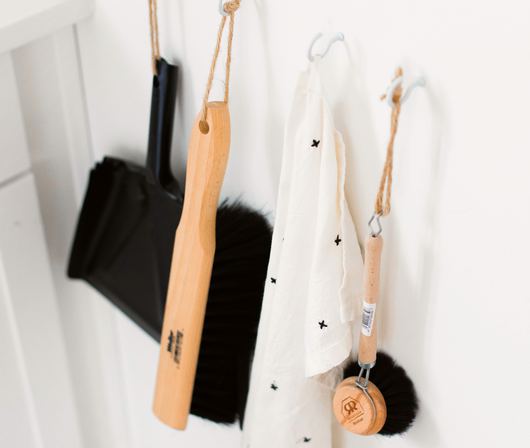
Getting the right paint color for your California dream home is more complicated than simply matching a color. If you want the same paint shade as the one already applied to the building, figuring out what the base is made from can be a great help. To do this, pick a portion of the wall that is inconspicuous and clean it with a damp cloth and household soap.
Allow the section to dry completely, and then dip a cotton ball in rubbing alcohol and gently scrub the same area with it. If the alcohol does not remove any paint, the existing color is oil-based, but if it does, then it is latex-based. Ask the paint store to mix up the new paint color with the same base ingredient for a more accurate reproduction of the desired shade.
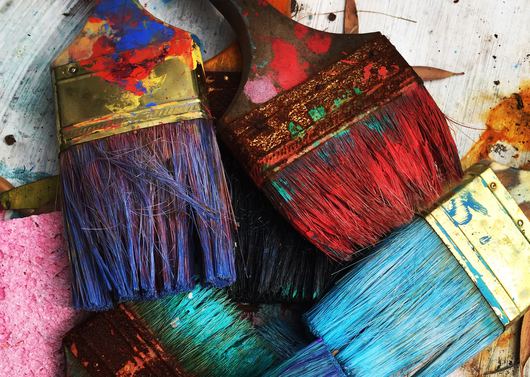
Finding an exact match to an existing room color can take a lot of time and effort, so make sure to get a sample of the color before fully committing to it. Even if you think the color will be a perfect match, the level of gloss in the paint can drastically alter the way it appears on the wall throughout the day. Paint a small section of the wall with the new color, wait until it dries, and see if the color is a match. If it is not, take the sample back and make the necessary adjustments with the paint color, trying it as many times as required to attain a flawless blend of old and new. Refresh your bathroom’s colors using this smart technique,




Never been before? We’ll be your trustee Little Tokyo guide with a day’s worth of fun things to do in Little Tokyo.

If you're looking for something fun to do, there are plenty of fun and free things to do in San Francisco, use our guide to help make plans.

Feel the knowledge flood from its elegant red-tile roofs as you wander the town’s beautiful college campus in search of hidden finds.

Enjoy the perfect California spring weather at these ideal spots for a spring vacation in California.

